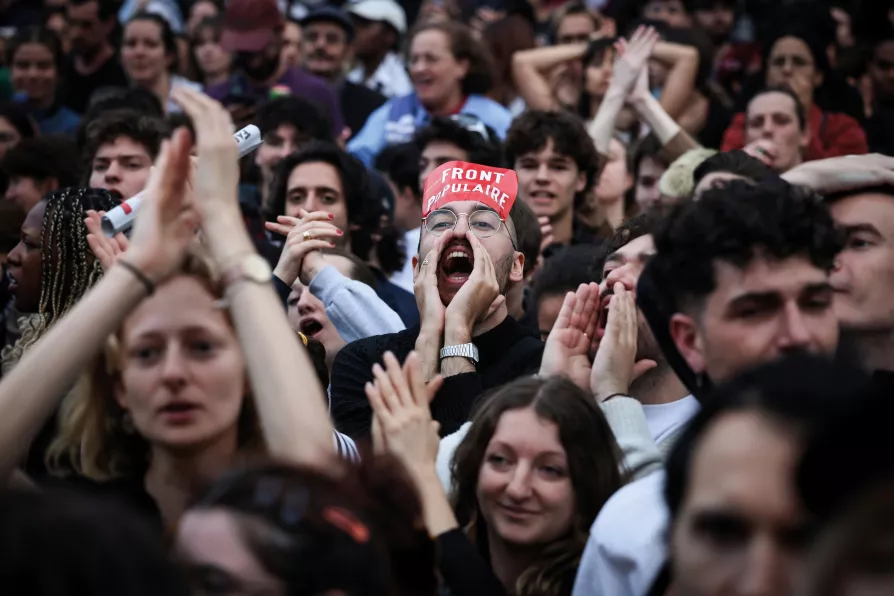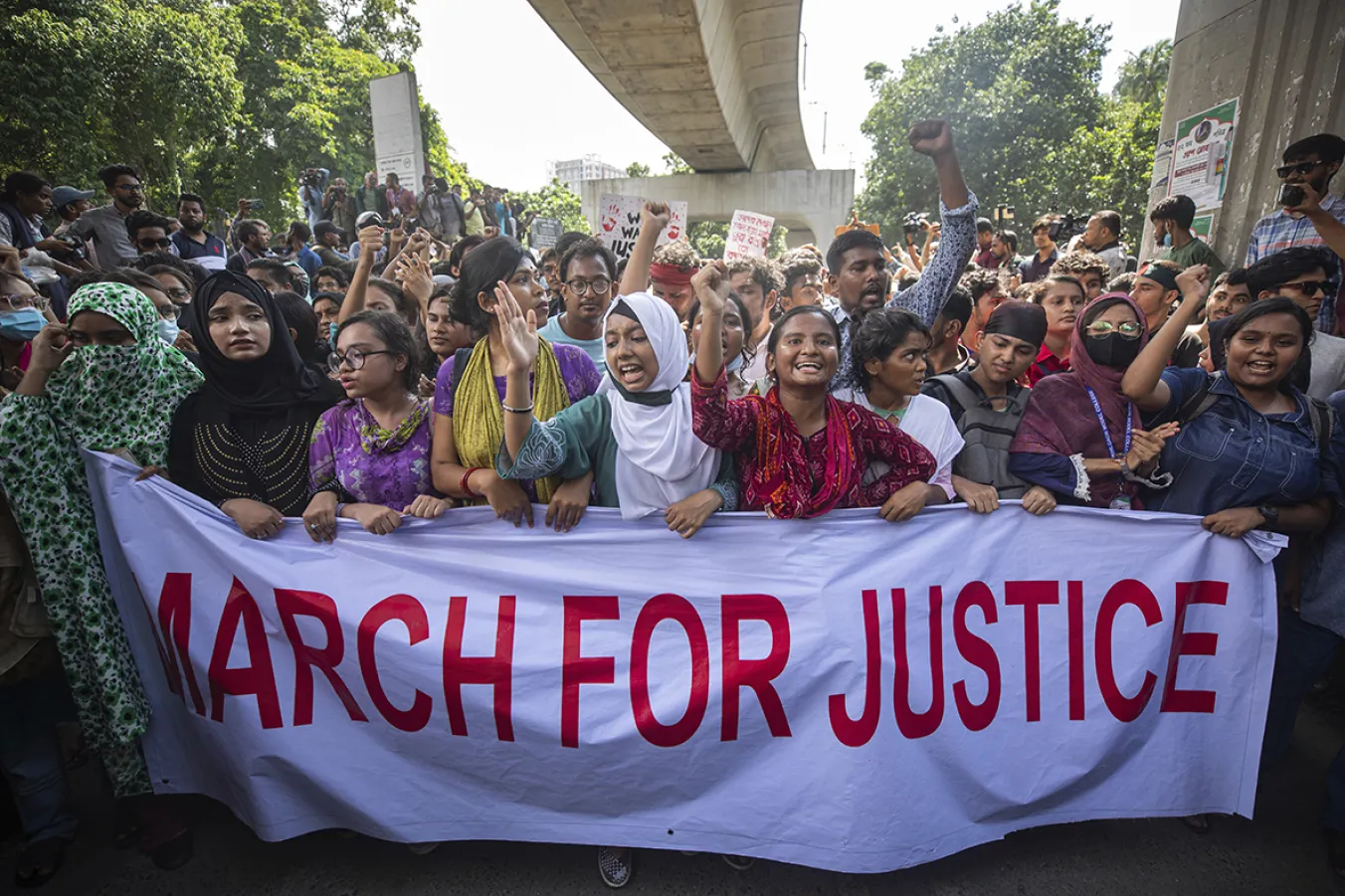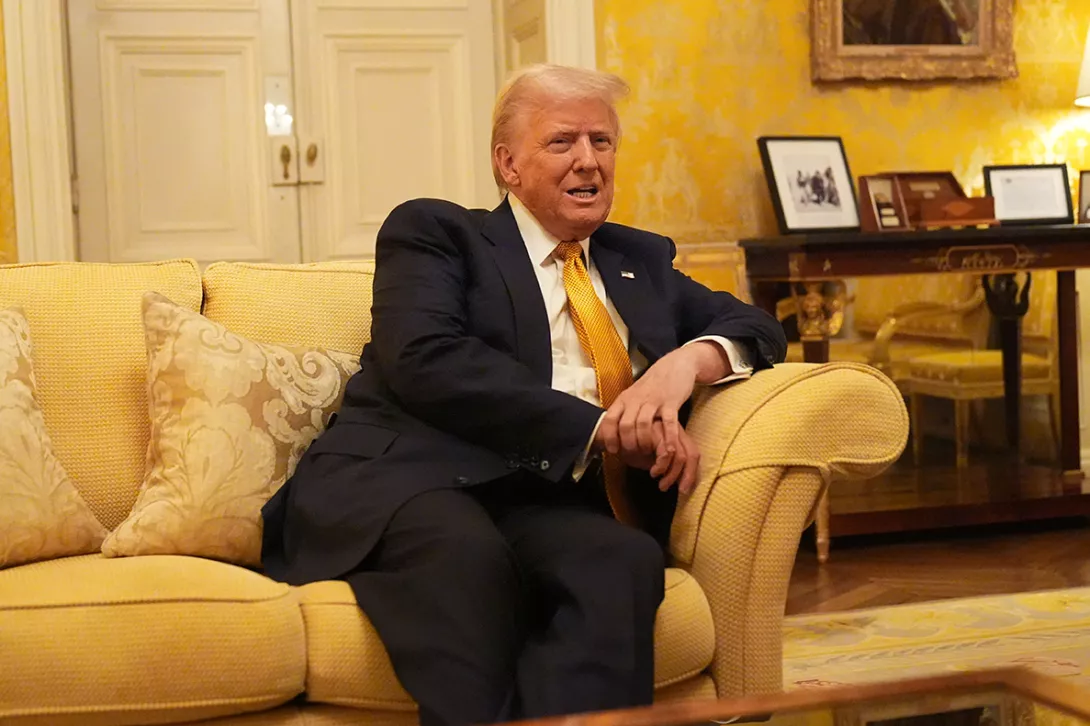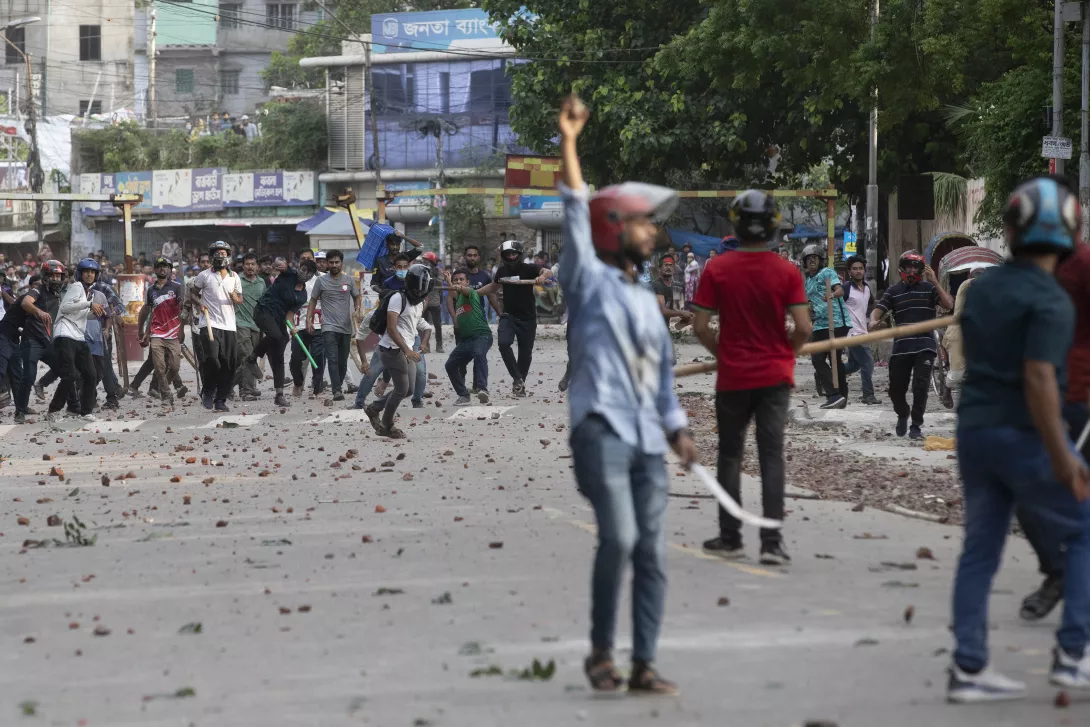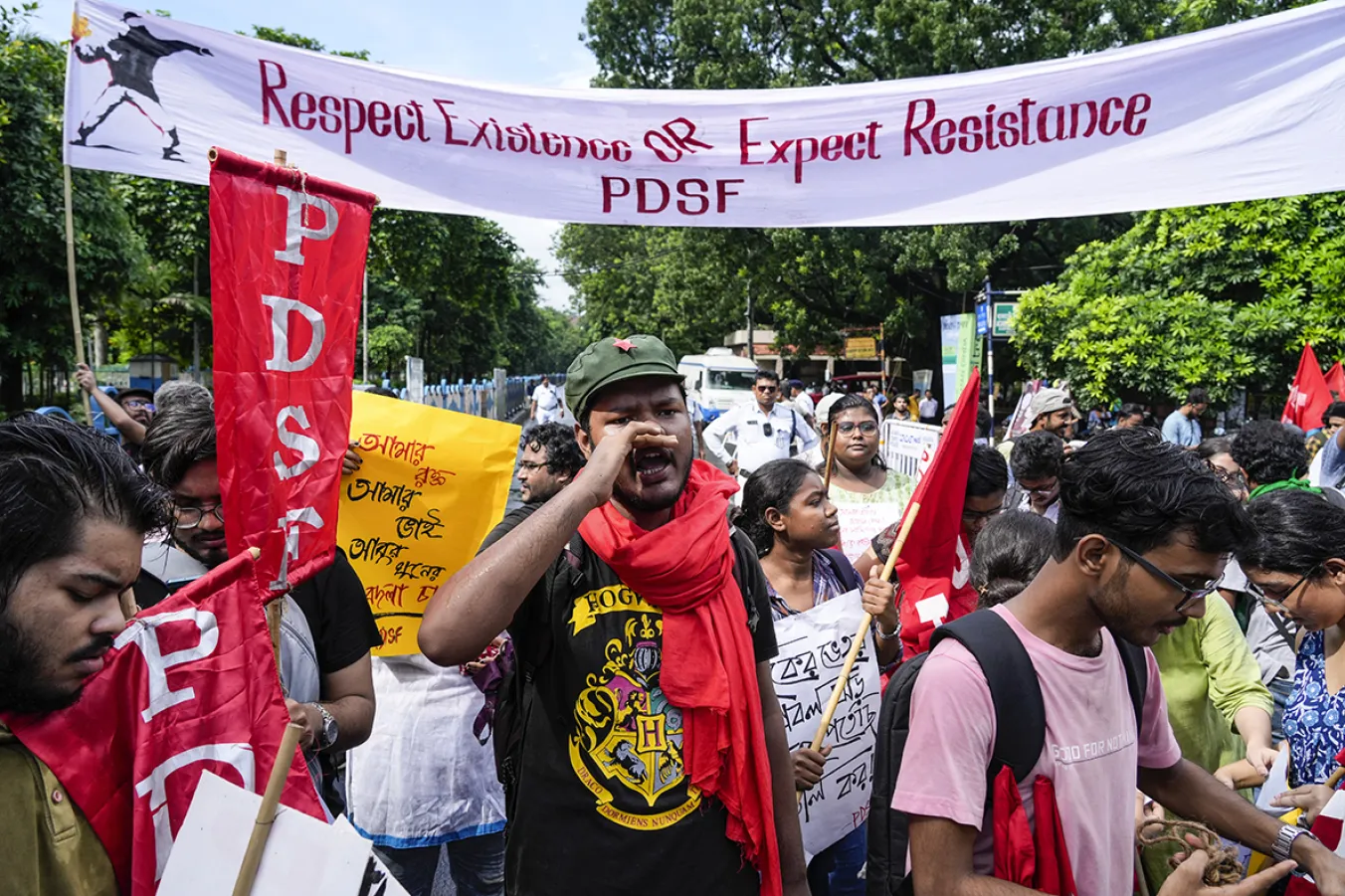
BANGLADESH is burning right now, and it is the promising youth of Bangladesh, the students, who have set it ablaze, in demand for a just and fair public service recruitment system.
The present situation is indeed in continuation of an ongoing student movement against “freedom fighter quotas” in Bangladeshi government recruitment — however, the eruption this time is unique in terms of how far it has spread and its intensity.
The cause of this eruption was an utterly irresponsible and unacceptable comment from Bangladeshi Prime Minister Sheikh Hasina where she accused the protesting students as grandchildren of the “razakars.”
Razakars is the name for the people who opposed the independence of Bangladesh in 1971, supported and aided the Pakistani army during the liberation war and heavily betrayed the freedom fighters by exposing and killing them, or getting them killed. The word, in its simplest interpretation, means a detestable traitor.
The Prime Minister’s comment fits perfectly with the favourite tactic of political leaders of marking the opposition as some historically blemished “others.” Hasina, the all-in-all of the Awami League and the daughter of Sheikh Mujibur Rahaman, and other Awami League leaders have constantly been practising this tradition of labelling protesting voices as anti-liberation forces.
Students at Dhaka University immediately burst into protest at this comment by chanting slogans like: “Who are you? Who am I? Razakar, Razakar. Who said so? Who said so? Fascism, Fascism.” The word “fascism” was sometimes politely replaced by “the government.”
The protest quickly spread across all prominent universities in Bangladesh and is rapidly taking the shape of a country-wide uprising. The general public of Bangladesh, including many actual freedom fighters and their actual descendants, has come out in support of this movement.
Several leftist student organisations such as the Bangladesh Students Union, the Socialist Student Union, and the Socialist Students Front (Marxist) have come in support of the protesting students who did not claim to be affiliated to any political organisation.
